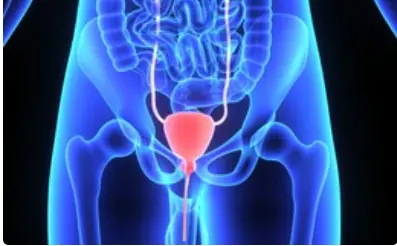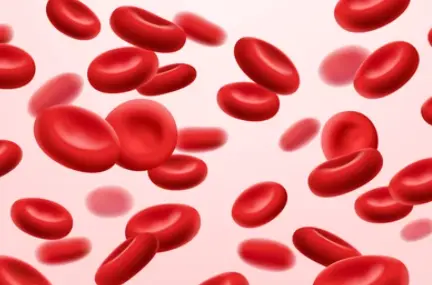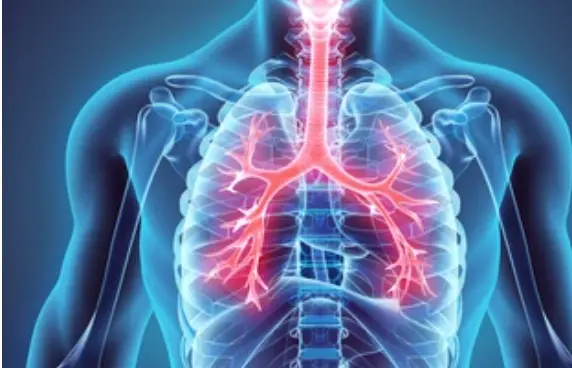 Welcome
Welcome
“May all be happy, may all be healed, may all be at peace and may no one ever suffer."
Surgery (hemorrhagic shock) - Generics
Surgery in the context of hemorrhagic shock refers to a surgical procedure that is performed to control bleeding and restore blood volume in a person who has experienced significant blood loss. Hemorrhagic shock is a life-threatening condition that occurs when the body loses a significant amount of blood, typically as a result of trauma, surgery, or a medical condition such as aneurysm or cancer.
The goal of surgery in hemorrhagic shock is to stop the bleeding and stabilize the patient's condition. Depending on the location and cause of the bleeding, different surgical techniques may be used, such as:
- Direct pressure: This involves applying pressure to the bleeding site to stop the flow of blood. This technique may be used for external bleeding, such as from a wound or laceration.
- Vessel ligation: This involves tying off or suturing a damaged blood vessel to prevent further bleeding. This technique may be used for internal bleeding, such as from a ruptured organ or blood vessel.
- Tourniquet application: This involves placing a device, such as a belt or cuff, around an extremity to stop blood flow to the affected area. This technique may be used for severe bleeding in the arms or legs.
After surgery, the patient will be closely monitored in the intensive care unit (ICU) to ensure that their blood pressure, heart rate, and other vital signs are stable. Intravenous fluids and blood transfusions may be given to restore blood volume and maintain organ function.
Prompt and effective surgical intervention is critical for the successful management of hemorrhagic shock. In addition to surgical intervention, other treatments may be necessary, such as medications to support blood pressure and oxygenation, and mechanical ventilation to support breathing.

Herpes zoster (shingles)

Urinary frequency and urg...

Dracunculiasis

Induction of anesthesia

Anaemia

Magnesium sulfate overdos...

CAPD-associated peritonit...

Atopic eczema
Surgery, Hemorrhagic shock, সার্জারি, হেমোরজিক শক
To be happy, beautiful, healthy, wealthy, hale and long-lived stay with DM3S.